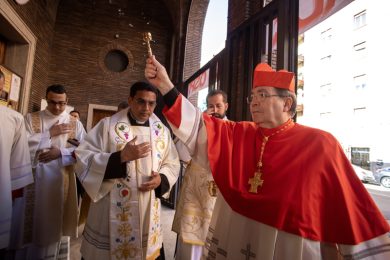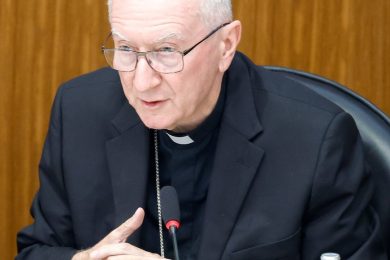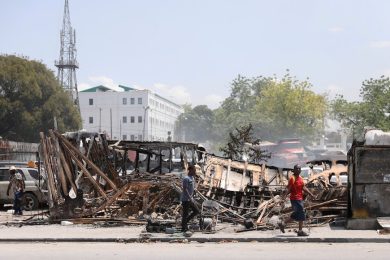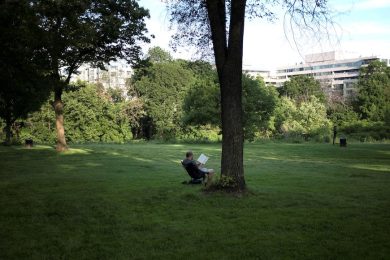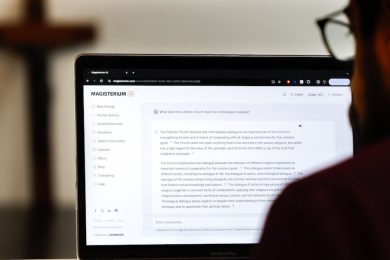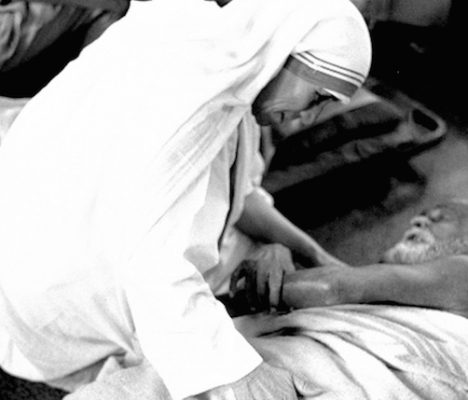Who are these unhinged people? You know, the radical ones who march in the streets for a fair wage for workers, or voting rights for women, or civil rights?
How about the naive ones who stand with people who are strangers or newcomers — that is, with immigrants and refugees?

Who are these do-gooders and what makes them tick? I have to admit, I wondered that during the Civil Rights Movement of the 1960s. I also found myself admiring those radical, unhinged, naive ones who stood up for what they believed in and marched. It was wonderful to see black Americans and white Americans, walking side by side, especially at a time when I didn’t know anyone who wasn’t white.
What a different world it is today. Or is it?
Neighbors, or enemies?
Looking back in history it seems that for each generation there is an overarching question that relates to the choice between living as neighbors or as enemies. The unhinged, naive, radical people always seemed to be the ones who erred on the side of acceptance and love, and so they refused to let their judgment and fear lead the way and win.

Think about Mother Teresa, Dorothy Day, Archbishop Oscar Romero, St. Francis, St. Joan of Arc, Mary Magdalen, and those at the foot of the cross. These were some crazy people who stood with, marched with, and sometimes died because of their dedication to the poor and those who were marginalized, hated and feared. Our history is rich with people like these.
For instance, St. Francis was repulsed by people suffering from leprosy, as certainly many others were. According to Thomas of Celano, in “First Life of Saint Francis,” Francis said: “When I was in sins, it seemed extremely bitter to me to look at lepers, and the Lord himself led me among them and I practiced mercy with them.”
So loathsome was the sight of lepers to Francis at one time, he would “look at their houses only from a distance of two miles and he would hold his nostrils with his hands.” Later in his biography, we see that Francis “went to the lepers and lived with them, serving them most diligently for God’s sake; and washing all foulness from them, he wiped away also the corruption of the ulcers.” And this brought him great joy.
Then, too, we remember those who were at the foot of the cross with Jesus. Certainly, they were afraid and confused. Certainly, they questioned if they were making the right decision as they heard crowds yell, “Crucify him!” They chose to err on the side of love. Were they unhinged and naive, too?
As in each generation, we must decide if we will be the ones to crucify those who are poor, feared and harassed. We have to decide with whom we will march in solidarity.
An example to follow
Recently, a Muslim father told me of a short trip he was making with his daughter and wife to drop the girl off at school. A man drove up next to him, opened his car window and shouted, “You ____, why don’t you just go home! Go home!”
The man then drove very close to my Muslim friend, giving him the impression that he wanted to run him off the road. My friend commented that this kind of encounter happens quite regularly.
Pope Francis has advice to give us here in St. Cloud. As he was visiting Muslims in the Central African Republic, he said, “Christians and Muslims are brothers and sisters. … Those who claim to believe in God must also be men and women of peace.”
“Together,” he said, “we must say no to hatred, to revenge and to violence, particularly that violence which is perpetrated in the name of a religion or of God himself. God is peace.”
Who are these crazy, naive, unhinged and radical people? God calls them “Beloved” and often, if we notice, they are acting just like saints.
Kathy Langer is director of social concerns for Catholic Charities of the Diocese of St. Cloud.




